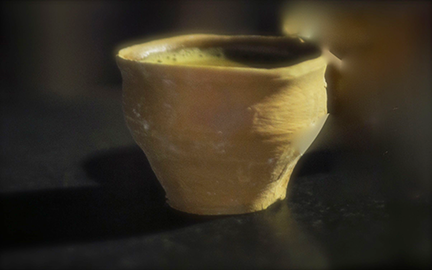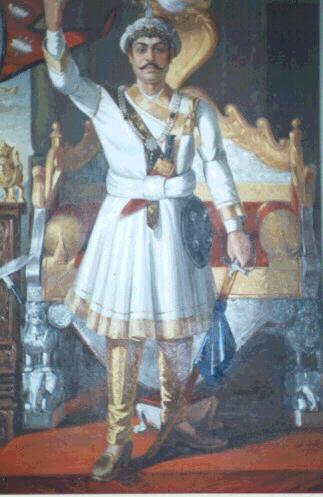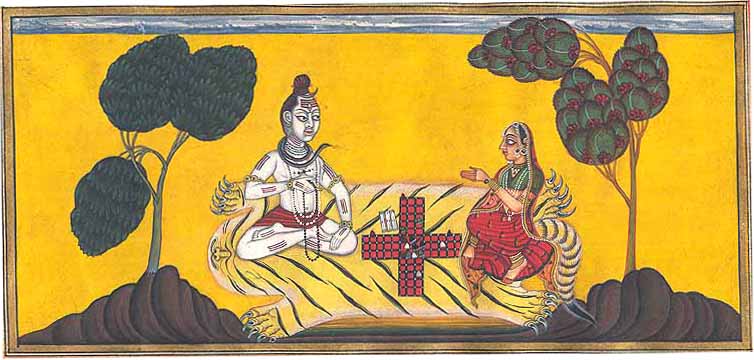- About MAA
- Membership
- MAA Publications
- Periodicals
- Blogs
- MAA Book Series
- MAA Press (an imprint of the AMS)
- MAA Notes
- MAA Reviews
- Mathematical Communication
- Information for Libraries
- Author Resources
- Advertise with MAA
- Meetings
- Competitions
- Programs
- Communities
- MAA Sections
- SIGMAA
- MAA Connect
- Students
- MAA Awards
- Awards Booklets
- Writing Awards
- Teaching Awards
- Service Awards
- Research Awards
- Lecture Awards
- Putnam Competition Individual and Team Winners
- D. E. Shaw Group AMC 8 Awards & Certificates
- Maryam Mirzakhani AMC 10 A Awards & Certificates
- Two Sigma AMC 10 B Awards & Certificates
- Jane Street AMC 12 A Awards & Certificates
- Akamai AMC 12 B Awards & Certificates
- High School Teachers
- News
You are here
Geometrical Representation of Arithmetic Series – Introduction

Figure 1. Teacup (Edited from original photo by Md Amir Mondal, with permission.)
What does the area of the projection of the teacup in Figure 1 have to do with an arithmetic progression? At first sight, probably nothing. Our aim here is to explain the apparently dubious connection between the teacup and the sum of an arithmetic progression.
Areas and volumes of geometric figures have interested people for a long time, both in the sense of explicit calculations which might have practical implications ("how much grain can be stored in a given container?") and in obtaining mathematical expressions which might satisfy an intellectual curiosity ("under what conditions can one find the area of an arbitrary quadrilateral?").
We also find evidence of a lot of interest in series of numbers following a certain pattern in people of different civilizations as early as 1500 BCE. Such series sometimes occurred in the context of practical problems (prices, wages, etc.) and sometimes purely as abstract mathematical objects (say, the sum of first \(n\) natural numbers).
However, representations of series as areas of geometric figures do not occur all that often. Here we will concentrate on this aspect and follow in particular two lesser known Sanskrit texts of arithmetic, the Pāṭīgaṇita of Śrīdhara, written between the 8th and 10th centuries, and the Gaṇitakaumudī, written by Nārāyaṇa Paṇḍita in 1356.
Other than the obvious mathematical interest of this theme, the setting will often give us glimpses of other times and worlds about which we might like to know more.

Figure 2. Bangles for sale in an Indian market (Edited from original photo by Md Amir Mondal, with permission.)
For example, we find in the Pāṭīgaṇita (v. 110) a problem of arithmetic series in which the price of the first and last bangles and their total number are given and one is asked the price of all the bangles. In Figure 2, the bangle at the far right side of the photograph is the smallest one on the wrist and the prices go up linearly with the size.

Figure 3. Portrait of King Prithvi Narayan Shahdev of Nepal (d. 1775) from the private collection of direct descendent Dr. Kunwar Sumerendra Vir Singh Chauhan (Wikimedia Commons, public domain). Interestingly, this image is also identified as a painting of King Gopala, who ruled from 750 to 770 CE and founded the Pala Dynasty of Bengal, at the website, "Yadav History: Great Yadavas: West Bengal" (Google Images).
Then there are kings who decide to move with a constant increase of \(\pi\) (as an approximation, of course!) units per day (Līlāvatī of Bhāskara II),

Figure 4. Painting titled “Śiva cheats Pārvatī” in a game of dice. (Basohli School Painting, Courtesy http://www.exoticindiaart.com/product/paintings/shiva-cheats-parvati-in-game-of-dice-HB67)
and gamblers whose stake-money is in arithmetic progression (Pāṭīgaṇita, v. 112-115). In the exercises we will deal with a few such examples.
Gautami Bhowmik (Université de Lille), "Geometrical Representation of Arithmetic Series – Introduction," Convergence (December 2015), DOI:10.4169/convergence20151202




